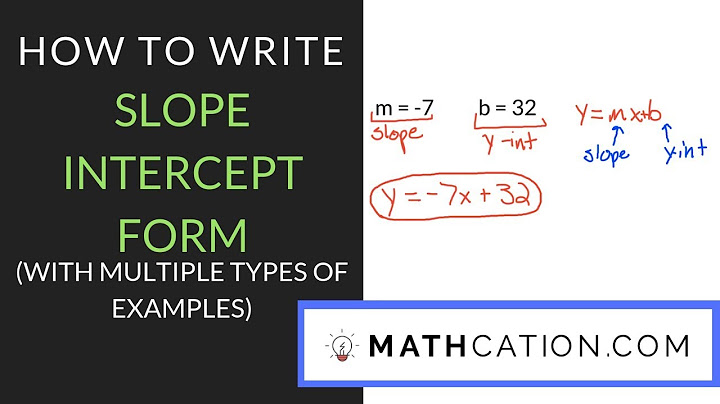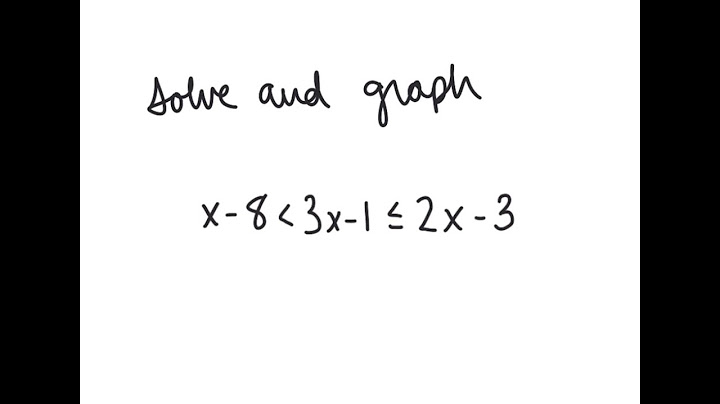As students continue their journey with opinion writing, they need to learn to writing an introduction or to introduce the topic. Whether students are writing a single sentence in younger grades or a full paragraph in older grades, it is paramount to teach students how to take a step back from their writing and let the reader know about the topic. Show
 This blog post is a part of a series of content all about Opinion Writing. Here are other posts that you can use to teach opinion writing in your classroom.
When to Teach Writing IntroductionsWhile the introduction comes first in an opinion writing piece, I don’t teach students to write introductions first. I want students to have a clear idea of how to write an opinion statement and supply reasons before we work on the whole framework for opinion writing. The introduction and conclusion sandwich the opinion writing paragraph. Having a solid opinion and set of reasons will help students write a clear introduction that hooks the reader. Prior to this week of teaching, since I haven’t taught students to write an introduction and I still require them to write a paragraph, I often provide students with an introduction that they can copy. Or I provide 1-3 examples from which to choose. This ensures that students are not practicing incorrect writing skills and allows us to focus on writing the opinions and reasons. Explicitly Teach How to Introduce the Topic through Direct InstructionExplain that introductions introduce the reader to the topic. They generally don’t contain an opinion but tell the reader what the paragraph will be about. Using an anchor chart, record a few ways to write an introduction about a variety of topics. Since we have already spent a couple of weeks on opinion writing and I have given students an introduction while writing their opinion paragraphs, I generally don’t need to spend too much time providing examples or teaching the concept. I give a few quick examples and then we move onto discussing what makes a strong introduction and using sentence frames. One other suggestion is to use known content or topics like recess, pets, food, etc. If students are more familiar with the topic and content they will have an easier time writing strong opinion statements. Use Picture Books and Student Samples to Find Good IntroductionsAs you read through opinion writing samples, draw students’ attention to how the author introduces the topic. On an anchor chart record solid examples of introductions. If you’ve been reading books that demonstrate opinion writing, revisit them and draw students’ attention to how the text introduces the topic. This post has 19 different opinion writing books. Not all of theme are explicitly opinion writing, but you can glean some parts of the opinion writing format from them. They also make jumping points into good discussions about quality opinions and reasons as well as the idea of when authors can deviate from a standard format of writing. In this post about solidifying students’ understanding of opinion writing, I go into detail about using student samples with a rubric or a checklist. As you spend this week working on helping students introduce the topic, gather samples and keep them year after year to support your opinion writing unit. Free Digital Anchor Chart of Picture BooksWould you like a free digital anchor chart of the picture books in this blog post? Click the image below and sign up to receive a link to copy this fully-editable Google Slides file. Use it as a starting point to create your own classroom anchor chart for opinion writing. Teach the difference between a weak introduction and a solid introductionWhen you go through many examples of opinion writing, you might come across some introductions that are not so good. It’s definitely a good idea to not only model strong introductions, but call out weak introductions. Weak introductions often include an opinion, like “___ is fun.” or “I like ___.” Weak vs. strong introductions also depend on your grade level and students’ writing ability. For some students having a simple introduction vs. no introduction is great. Other students will need to work on adding to their introductions. Here are a few examples of strong opinions:
Ways Students can Introduce a TopicWriting an introductory statement for opinion writing is very similar to writing an introduction for informational writing. Students can use a variety of different questions, statements, or descriptions to introduce the topic then move into stating their opinion.  The following are some ways students can introduce their topic. Can you match some of them to the example introductions above?
This is not an exhaustive list, but will get students started. Once they have mastered these, see if they can come up with a few more ways to introduce their topic. Use Sentence Frames to Help Students Write an IntroductionLike all of the components of opinion writing, I help students find success by providing scaffold sentence frames. Some sentence frames are basic. Some are more advanced. Start with more basic sentence frames as as students become fluent with the easier ones, challenge and encourage them to use more complex sentence frames. While you can provide students with sentence frames you can also create sentence frames from the list of opinion statements you’ve generated from real-world examples. To do that, take away the content-specific words. You might need to rearrange the sentence for it to work with a specific topic, but often you will discover some higher level academic language in these examples. Here are a few sentence frames that can be used for opinion writing. Some of these are based on the strong opinions above.
 Practice Orally Stating and Writing an IntroductionOral practice solidifies students’ depth of understanding about the process and structure of opinion writing. It triggers a different part of the brain from writing and helps move the academic language from short-term memory to long term memory. Start with whole group practice using the sentence frames. Continue with small group or partner practice. I go into detail about cooperative learning strategies to use for whole-group, partner and small-group practice in the blog post about solidifying students’ understanding of opinion writing. Here are a few ideas where students can practice speaking and writing introducing their opinion statements:
Teaching students to introduce their topic with opinion writing with these simple teaching ideas. Use familiar books and writing samples to explore how others introduce the topic and use sentence frames to scaffold students’ writing. Give students a lot of practice with writing introductions and they will master it in no time! Opinion Writing UnitAre you interested an Opinion Writing Unit that develops students’ academic language through engaging games and activities? Here’s a blog post all about it.
More Opinion Writing Blog PostsWould you like to read more about how to teach opinion writing in the classroom? Take a look at these blog posts. How do you start an introduction paragraph for an essay?The introductory paragraph of any paper, long or short, should start with a sentence that piques the interest of your readers. In a typical essay, that first sentence leads into two or three more sentences that provide details about your subject or your process. All of these sentences build up to your thesis statement.
How long should an introduction be for an opinion essay?Introduce your answer in the thesis statement. The thesis statement follows the background statement. It should contain your answer, your main points. Don't write more than 50 words for your introduction.
How do you write an opinion paragraph?An opinion paragraph has three main parts. The topic sentence states the opinion. The body sentences support the opinion with reasons. The ending sentence restates or emphasizes the opinion.
What are the 3 parts of opinion writing?There are three parts to every opinion essay. These include 1) introduction, 2) body and 3) conclusion.
|

Advertising
LATEST NEWS
Advertising
Populer
Advertising
About

Copyright © 2024 en.ketajaman Inc.













